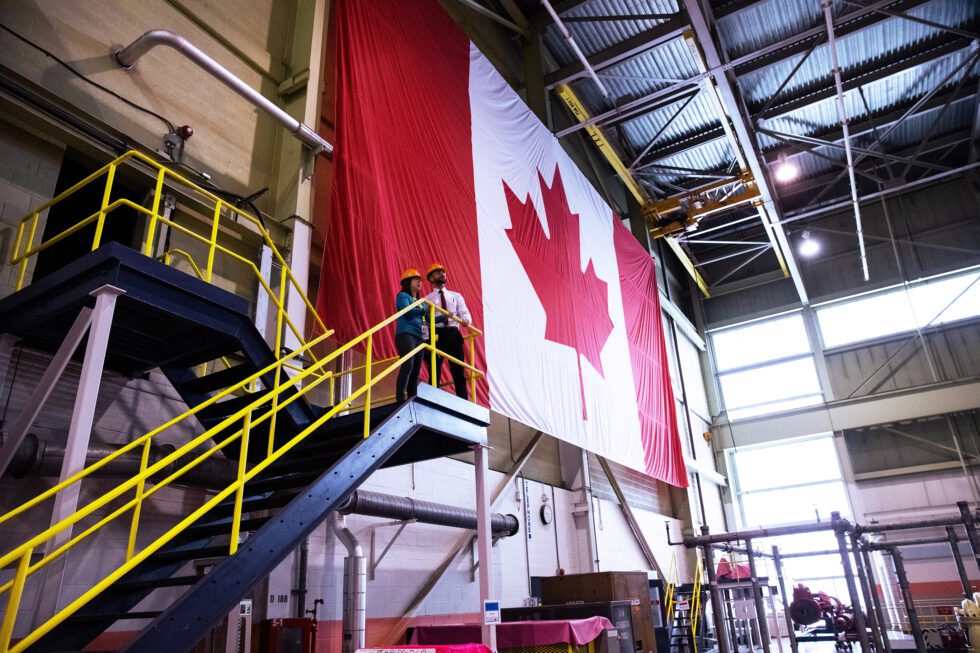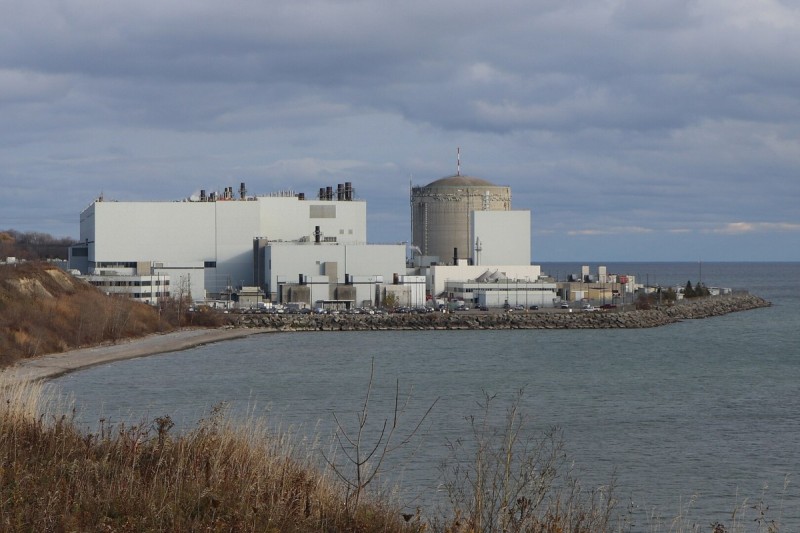Now that Manitoba has joined Ontario and Saskatchewan in opposition to a carbon tax, what are the realistic political options for the federal government? Economists overwhelmingly support carbon pricing as the most economically efficient way to reduce greenhouse gas emission and combat climate change. But should the federal government now just accept that Canadian conservatives have successfully framed it as a “job-killing tax” whose implementation will “hurt the economy”? Have Doug Ford, Andrew Scheer and other Conservatives been successful in nurturing the suspicion that carbon pricing is just another tax grab by government that will make “ordinary Canadians” worse off? Is the idea now politically dead?
Fortunately, there is an alternative. As I argue in my new book, The Age of Increasing Inequality: The Astonishing Rise of Canada’s 1% (Lorimer), our long trend to stagnating middle class incomes has paralyzed carbon pricing policy in Canada. The movement to save the environment by putting a price on carbon has been deaf to the pocket book worries of financially squeezed middle class households – and Canadian conservatives have feasted on those anxieties. However, a Carbon Fee and Dividend (CFD) would establish a price for carbon emissions that both benefits voters in the long run by reducing climate change and clearly and transparently makes most voters better off, immediately. Its key feature is that the carbon fee per ton of CO2 emitted is fully refunded as an equal cash dividend to all citizens. It also reframes the debate. A CFD can be called a “fee” rather than a “tax” because the underlying moral rationale is that collectively, we all own the air, so those people who use and degrade the air (i.e. carbon emitters) should compensate those people who own it (i.e. all citizens) for the damage they are causing.
The CFD sets the Carbon Dividend each year as equal to total Carbon Fee Revenue divided by total population. Because it directly returns 100% of carbon pricing revenue, via equal cash dividends to all citizens, its immediate financial impact is highly transparent, with net monetary benefits to most citizens, in addition to the long run benefit for everyone of moving to a less carbon-intensive world. This creates a widely based constituency of support for future increases in carbon prices – which is crucial both to get carbon prices to a level that has a meaningful long run impact and to undercut future short-run populist appeals to cut the cost of carbon energy.
When carbon dividend income is seen as the compensation which citizens receive for the use of their property (i.e. the air), one can argue that it should (like the rental income of apartment owners) be considered taxable income for income tax purposes. Upper income households who pay higher marginal income tax rates would thus get less after tax net benefit from carbon dividends than low income families, and because of their greater consumption of carbon intensive goods, would pay more of the carbon fee. A CFD thus redistributes net after tax income towards lower income groups. However, most voters are not actually at the top end of the income distribution. Hence, a CFD provides net benefits to the majority of citizens – and the income tax paid on carbon dividend income can be spent on health care or on education or on environmental investments – or other policy priorities.
The Ford election in Ontario has provided yet another instance of a recurring theme in Canadian political rhetoric – that there is so much ‘fat’ in waste and mismanagement in government that taxes can always be cut further, without any impact on the quality of life of Canadian families. Carbon pricing has become collateral damage in a broader narrative that taxes are always “all pain and no gain”. When the promised environmental gains from carbon pricing are necessarily far in the future, voters need to trust government if they are to believe that paying more for gasoline and fuel oil, here and now, is actually a good idea – and trust is in short supply. Transparency is therefore essential to show that carbon pricing will directly and transparently benefit ordinary families.
The federal government’s current stated position is that it will remit carbon tax revenue “to individuals and businesses” in provinces that do not adopt a carbon pricing regime. But allocating part of carbon tax revenue to businesses raises complex issues that are anything but transparent. Should allocations to businesses depend on the locations of head offices or of plants? On employment levels or emission levels? On whether output is sold locally or across Canada or internationally? Moreover, corporate incomes ultimately become the dividend income of the owners of firms, who may be in Ontario, or elsewhere in Canada or the world, but who are generally not the financially squeezed middle class. Can such voters be convinced that in the end they “really” benefit from giving away carbon tax revenue to corporations?
The federal government has proposed putting a price on carbon as a way to provide market-based incentives to move towards a lower carbon economy. If it wants to rescue that very worthwhile agenda, it should realize that complexity is the enemy of transparency. A Carbon Fee and Dividend starts from the straightforward perception that we all own the air and all citizens should be compensated, equally and directly, for environmental degradation. By remitting all carbon fee revenue to citizens, it provides the transparency we need for carbon pricing to actually happen. Canadians need a Carbon Fee and Dividend, now more than ever.





